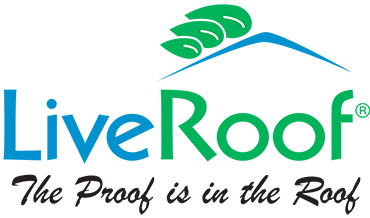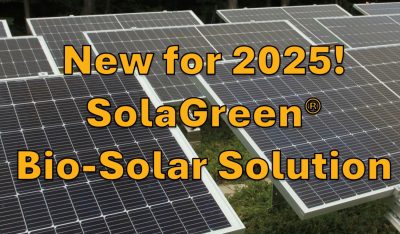In urban areas, impermeable surfaces (streets, sidewalks, rooftops etc.) dominate the landscape, preventing rainwater from following a natural cycle of absorption. Instead, as much as 75% of the rainwater runs into sewer systems. Carrying contaminates from the air and roadways (salt, oil, mercury, etc.), this water flows untreated into lakes and streams. Older large cities often employ combined sewer systems, which can lead to untreated sewage release directly into local waterways during heavy downpours. The detrimental effect of excess sewage release into local waterways often results in lowered property values, high cleanup costs or even hefty federal government fines to be borne by the local community.
In contrast, LiveRoof® green roof surfaces can absorb significant rainfall, lessen the risk of flooding, and to some degree filter the water as it percolates through the soil and as the plants take up certain heavy metals and nutrients. Even when a rainfall is such that it can not all be absorbed by your green roof, the excess rain that runs through the media is filtered and delayed until after peak flows. Because green roofs soak up much of the initial rain water during a storm, the municipal system has additional time to better manage the stormwater and reducing the likelihood of a combined sewage overflow (CSO).
Additional detention is possible when a blue roof system is used in combination with green roof. LiveRoof modules elevated with RoofBlue risers on rooftops with control-flow drains may reduce the size of drains, need for cisterns or underground storage tanks, and the costs of stormwater utilities.

